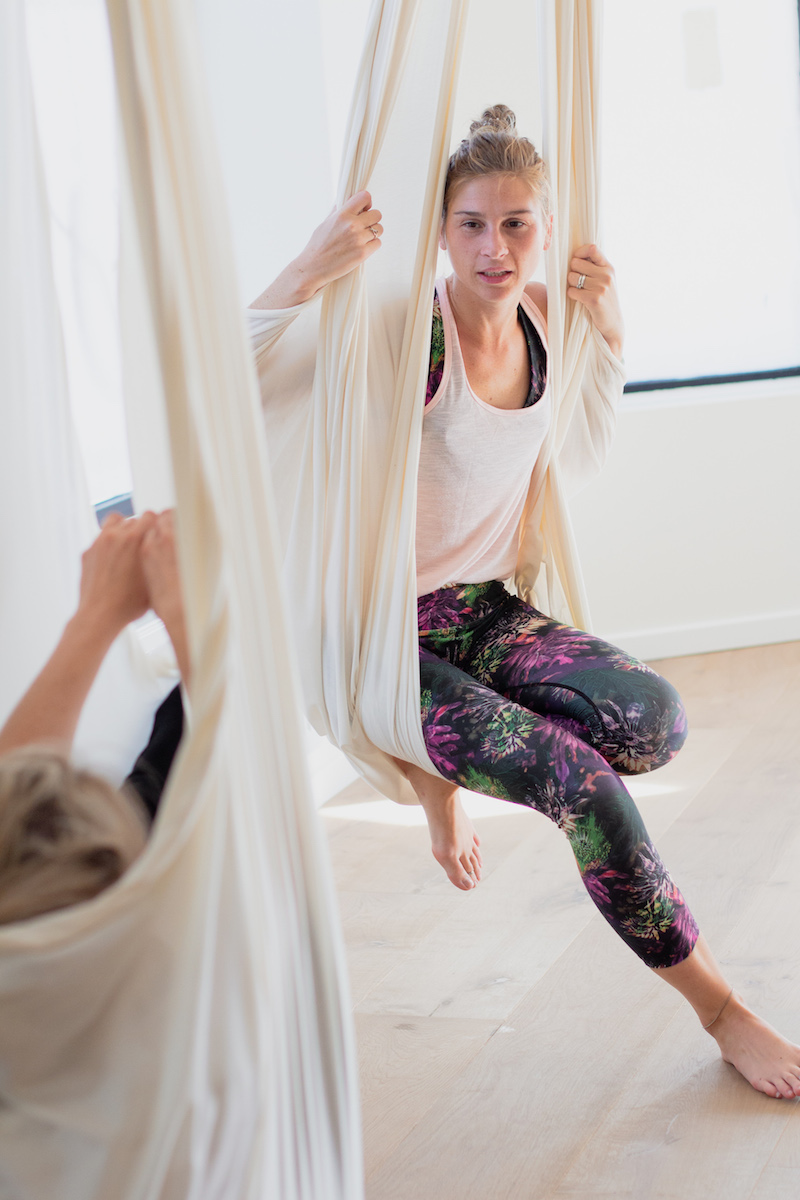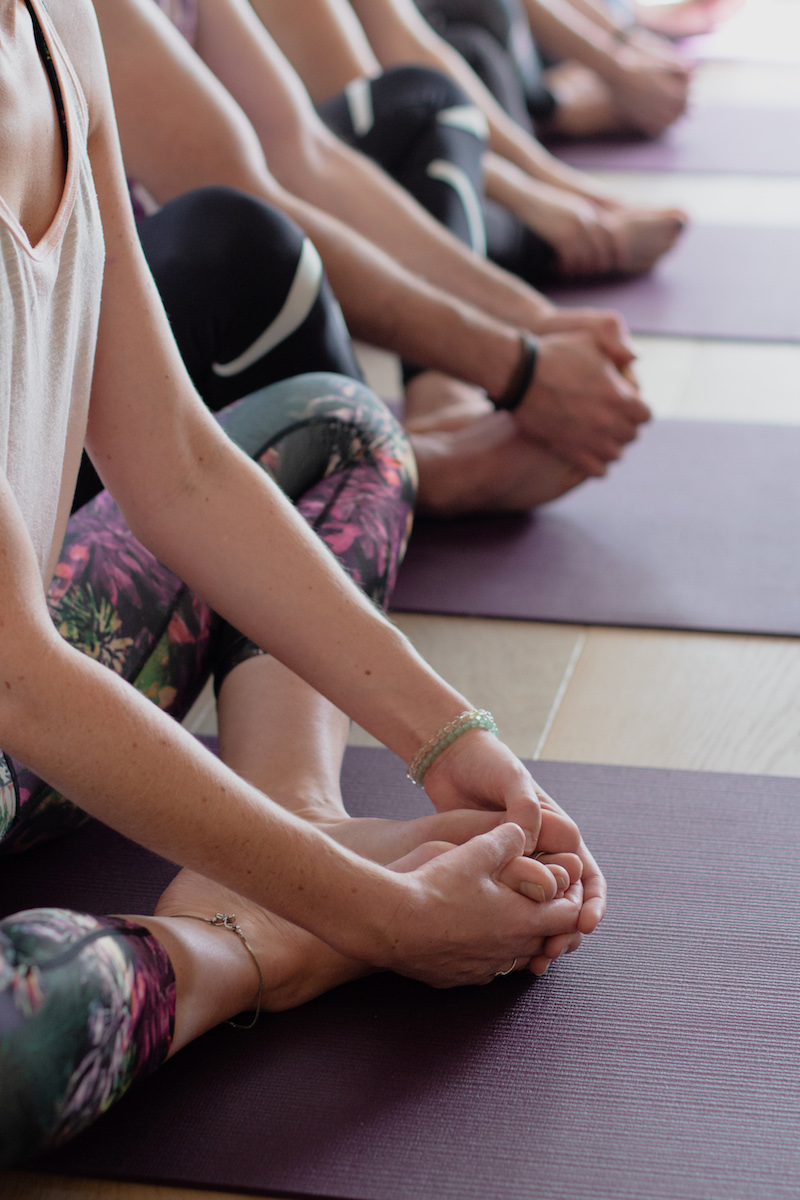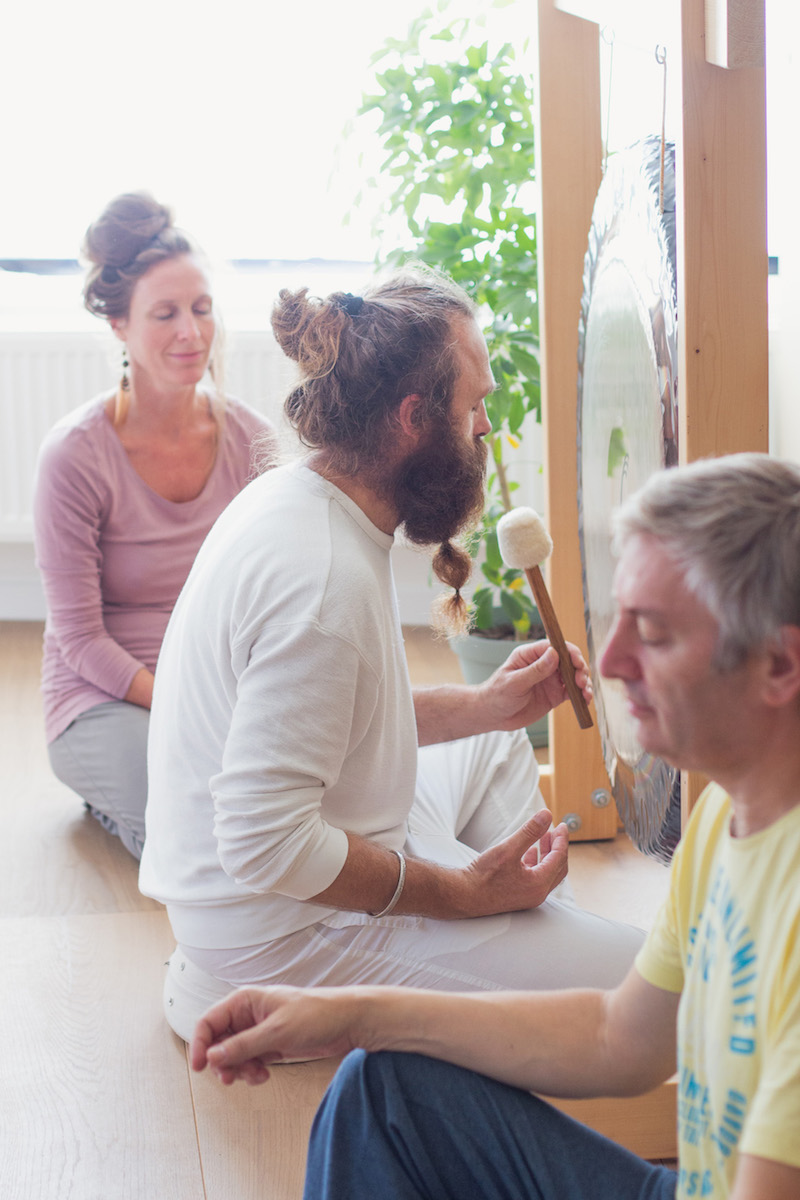
Yoga
“Yoga means union – the union of body with consciousness and consciousness with soul. Yoga cultivates the ways of maintaining a balanced attitude in day-to-day life and endows skill in the performance of one’s actions”
-B.K.S. Iyengar
Yoga is a very ancient science which is thousands of years old that combines exercise, breathing, diet, relaxation and meditation. It is a combination of physical and mental disciplines which make the body stronger and healthier and the mind calmer and more controlled, helping towards self-realisation. Yoga works primarily with the energy in the body and through the science of pranayama or energy-control. Prana means also ‘breath.’ Yoga teaches how, through breath-control, to still the mind and attain higher states of awareness.
RESTORATIVE YOGA
EN
When we expend a lot, whether physical, mental or emotionally, the consequence could be that we feel weakened or exhausted and are left with a diminished sense of our bodies. This can also be the case if we are recovering from illness. Restorative yoga is ideal in times when we want to restore and build physically, mentally and emotionally. Using props to support the poses, Restorative Yoga originates from the Iyengar yoga tradition and was developed and made popular by Iyengar student Judith Hanson Lasater.
Combining relaxation with breathing exercises and gentle movements we stimulate healing, and restore capacity to the body. With this soft approach, we activate the parasympathetic nervous system so that we can deeply relax – which in turn puts us in an optimal position to restore our energy rather than weaken. This stimulation helps to reduce the effects of the acute stress response that can be damaging to our bodies and our well-being.
RESTORATIVE YOGA AND MINDFULNESS
EN
Restorative yoga also allows us to derive an expanded awareness of self and body that comes through the practice. The slow and intentional pace of movement cultivates space for a deeper experience of the poses and the breath. Awareness of thoughts, body or emotions that arise or sounds in the environment, can all take on a much more profound significance in the depth of the restorative practice which therein allows us to notice and feel more of the world through the restorative experience.
Benefits:
Restorative yoga provides a unique form of healing for the body, mind and emotions. It is especially useful when you need to eliminate fatigue and stress that result from your daily activities. Each of the poses reach deep into our nervous system. This enables us to dismantle deep chronic tension patterns, improve your immune system, body, mind and spirit back to their original state of balance.
RESTORATIVE YOGA THERAPY
EN
Restorative Yoga Therapy uses supported postures to promote relaxation to encourage what our body needs to enhance its natural healing power. Restorative Yoga Therapy is a particularly effective practice for those recovering from, or living with, injury or illness. Combining restorative yoga with pranayama and guided meditation techniques in such a way that it is excellent for those who need something gentle yet effective for bringing the body into balance and reducing stress.
Through a series of questions and answers a treatment plan is developed which includes postures, pranayama, visualizations and meditations; tools to help you on your journey towards better health and wellness. Restorative Yoga Therapy is a deeply meditative experience – It is a profound form of healing, working to balance the body and ease the mind.
YIN YOGA
EN
The original name of Yin yoga was “Taoist” yoga. This style of yoga focuses on the deep connective tissues of the body (relative to the superficial tissues) and the fascia which is a band or sheet of connective tissue, beneath the skin that attaches, stabilizes, encloses, and separates muscles and other internal organs. Yin Yoga also helps to regulate the flow of energy in the body.
Yin Yoga poses are more passive than popular yang-like yoga like Ashtanga, Vinyasa, hot yoga and power yoga. Yin Yoga is unique in that it requires us to relax and to ease into the posture. While yang-style yoga practices strengthens and tones the body, Yin offers a much deeper access to the body where it is not uncommon to hold postures for three to five minutes. Therefore, the postures and movements can be considered meditative.
Yin yoga incorporates many elements of mindfulness and has calming effect.
KUNDALINI YOGA (as taught by Yogi Bhajan)
EN
Kundalini yoga is called the yoga of awareness. It’s an age-old form of yoga that dates from the time when all yoga systems have formed one whole. It is called kundalini yoga also called the mother of all yogas. This yoga was originally only passed from teacher to pupil. In the late 60th Yogi Bhajan brought Kundalini yoga from India to the West. He saw that these techniques were needed in our ever-changing Western society.
Technology continues to develop, we are overwhelmed by information and the workload is increasing. Our body and nervous system are under increasing pressure and stress. Kundalini yoga gives us the technology that teaches us to deal with the challenges of the 21st century. Kundalini energy is symbolized by a sleeping snake coiling at the base of the spine. It is a creative, healing energy of consciousness that lies dormant in everyone. In Kundalini yoga we learn to find this energy within ourselves and use.
What does Kundalini Yoga do?
Regular yoga practice makes the body strong, vital and smooth and makes the nervous system strong. It allows our glandular system function optimally and our life energy to flow properly. Yoga makes you healthier, more energetic, and more able to enjoy life and to love yourself and others. Kundalini yoga helps us to relax our body and mind more and to purify our consciousness of limiting emotional and mental models. Because of that we become aware of our own creative power and direction in our lives. Yoga helps you to develop your intuition and live a conscious and spiritual life in the midst of our busy society.
MEDITATION
EN
MEDITATION IS THE PRACTICE OF DEEP CONCENTRATION OF THE MIND.
‘Everyone thinks that the purpose of meditation is to handle stress, to tune out, to get away from it all. While that’s partially true, the real purpose of meditation is actually to tune in, not to get away from it all, but to get in touch with it all. Not to just de-stress, but to find that peace within, the peace that spiritual traditions talk about that passes all understanding. So, meditation is a way to get in the space between your thoughts. You have a thought here, a thought here, and there’s little space between every thought’.
-Deepak Chopra
MEDITATION IS A MEANS OF TRANSFORMING THE MIND.
Eastern meditation practices include techniques that encourage and develop concentration, clarity, emotional positivity, and a calm seeing of the true nature of things. By engaging with a particular meditation practice you learn the patterns and habits of your mind, and the practice offers a means to cultivate new, more positive ways of being. With regular work and patience these nourishing, focused states of mind can deepen into profoundly peaceful and energised states of mind. Such experiences can have a transformative effect and can lead to a new understanding of life.
MEDITATION HAS BEEN AROUND FOR THOUSANDS OF YEARS.
Meditation in Kundalini Yoga contains specific, practical tools that carefully and precisely support the mind and guide the body through the use of breath, mantra, mudra, and focus. The range and variety of meditation techniques in the Kundalini Yoga tradition is truly extraordinary. Yogi Bhajan passed on hundreds of meditations tailored to specific applications. There are meditations that reduce stress, work on addictions, increase vitality, and clear chakras, to name a few. While there exist many, many styles and approaches to meditation, what set this approach to meditation apart are its precision, effectiveness, and practicality.




